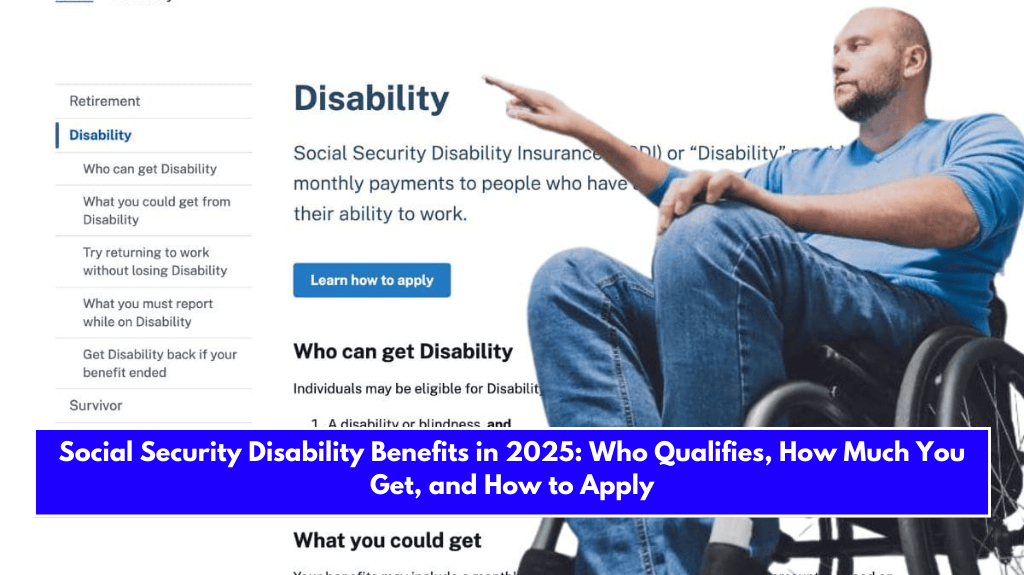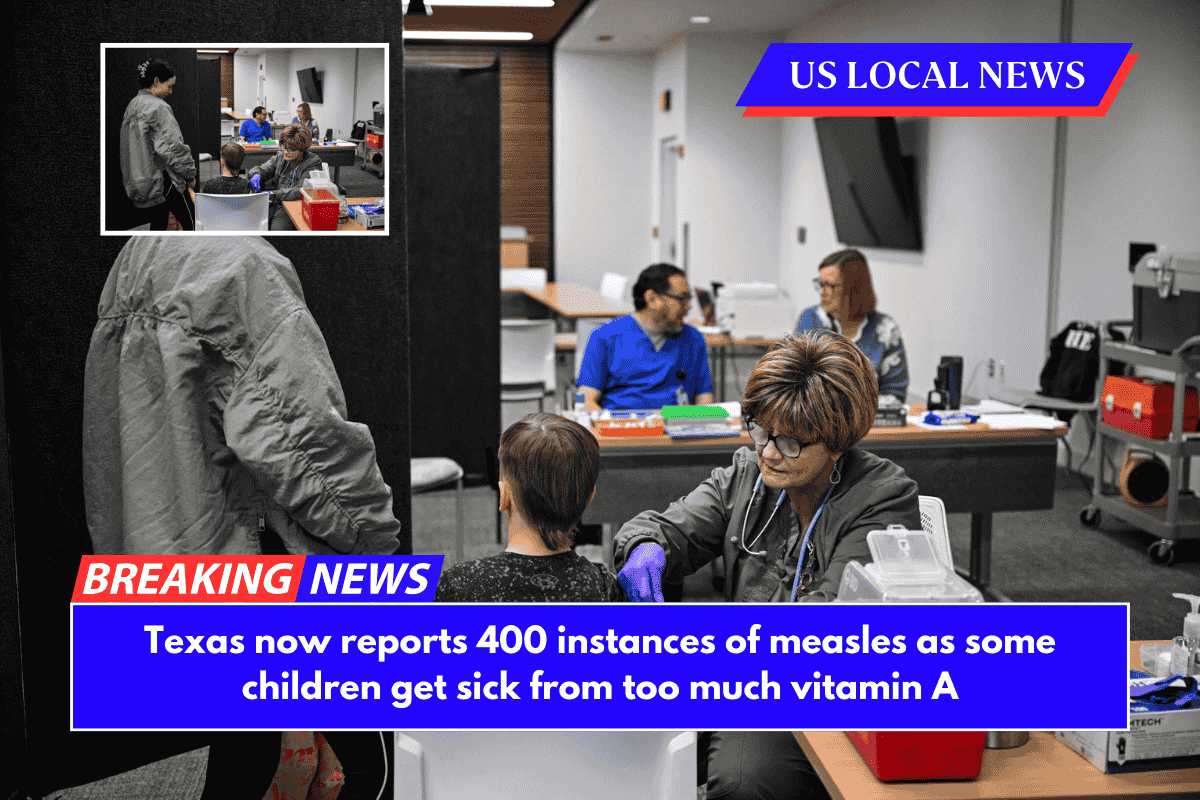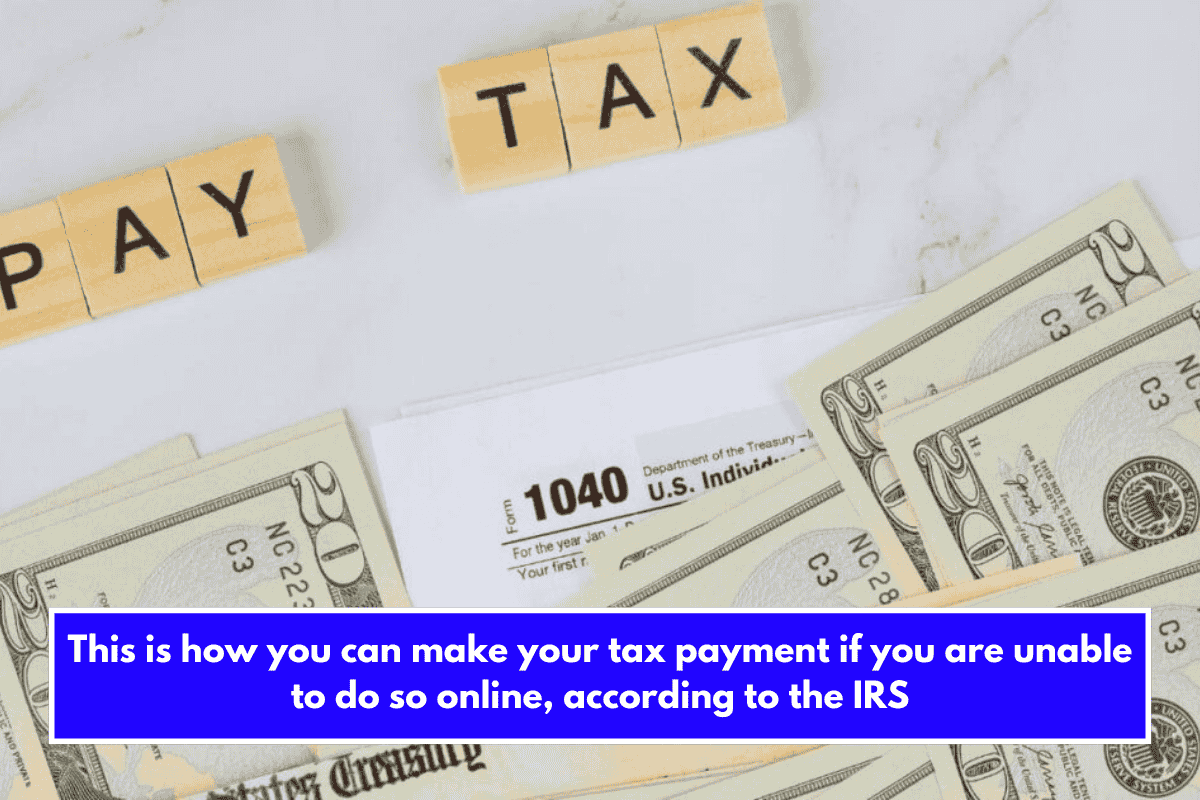Millions of Americans living with serious medical conditions may be eligible for monthly payments through the Social Security Disability Insurance (SSDI) program.
The Social Security Administration (SSA) administers this federal benefit, which helps people who are unable to work due to a qualifying disability or legal blindness.
To be eligible in 2025, applicants must meet two criteria: they must have a medical condition that significantly limits their ability to work for at least one year (or is expected to result in death), and they must have worked long enough to contribute to the Social Security system. The amount of your benefit is determined by your work history and earnings.
Who Can Get Disability Benefits?
You may qualify for Social Security Disability if:
- You have a qualifying disability or legal blindness that prevents you from working for a year or longer, or is expected to result in death.
- You have enough work history, typically having worked at least 5 of the last 10 years.
Young workers under age 24 may qualify with less work experience. To check your eligibility, sign in at ssa.gov and look under the “More Benefits” section.
2025 Income Limits for Work Activity
If you’re still working while applying, your earnings must stay below the Substantial Gainful Activity (SGA) level. In 2025, that limit is:
- $1,620 per month if you’re disabled
- $2,700 per month if you’re considered legally blind
Different rules apply if you’re self-employed.
What Do Disability Benefits Include?
If you qualify, you may receive:
- Monthly payments based on your past earnings
- Medicare coverage starting automatically two years after the date you’re entitled to Disability
You’ll receive a welcome package in the mail three months before your Medicare coverage begins. You can opt out of Part B (medical insurance) if you don’t want it.

Special Medicare Rules for Certain Conditions
Some medical conditions come with accelerated Medicare eligibility. For example:
- People with End-Stage Renal Disease (ESRD) may qualify for Medicare the month they begin at-home dialysis, get a kidney transplant, or three months after starting outpatient dialysis.
- People with ALS (Lou Gehrig’s disease) become eligible for Medicare as soon as they’re approved for Disability benefits.
Extra Benefits for Family Members
If you are receiving disability benefits, your spouse, ex-spouse, or children may also be eligible for Family Benefits, which can help to increase your overall household income.
Can You Get More with SSI?
If you have limited income and resources, you may be eligible for Supplemental Security Income (SSI), which provides additional payments of up to $967 per month. If you meet the eligibility requirements, you may receive both Disability and SSI.
If you do not apply for SSI when filing for Disability, the SSA will simply notify you that you are ineligible for SSI; however, this will have no effect on your Disability application.
What You Must Report While on Disability
To avoid interruptions or incorrect payments, Social Security requires beneficiaries to promptly report significant changes. Here’s the summary:
| What to Report | Why It Matters |
|---|---|
| Changes in your work status or income | May affect your eligibility or benefit amount |
| Significant improvement in medical condition | Could impact your disability status |
| Changes to direct deposit account | Ensures you receive payments without delays |
| Updates to contact information | SSA uses this to send important documents and updates |
| Citizenship or immigration status | Required for compliance with federal benefit program rules |





















